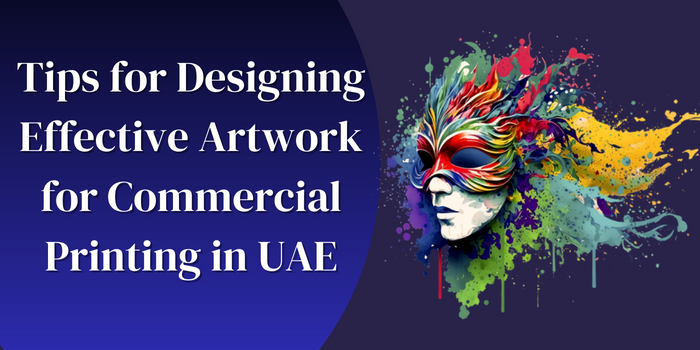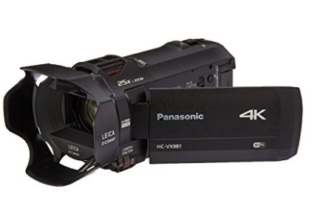In order to reach target markets and strengthen brand identification, commercial printing entails manufacturing huge quantities of printed items, such as business cards, brochures, catalogs, postcards, and flyers.
Effective artwork design may help Printing Press in Dubai stand out from the competition and gain more attention among customers. Businesses may produce compelling commercial artwork that engages their audience and promotes company success by utilizing the power of art in print.
Creating a Design
Commercial printing design is a crucial step that needs careful study and a grasp of brand requirements. The integrity of the company’s identity must be upheld in all marketing materials. To generate visual harmony and aesthetic balance, the color scheme and complimentary fonts should be carefully picked.
A cohesive piece of artwork that incorporates text, photos, and graphics successfully communicates the message and grabs the viewer’s attention. Accurate translation across a variety of mediums, such as paper material or vinyl banners, is ensured by close collaboration with experienced printers.
Ensuring Quality
To produce a successful product for commercial printing, high-quality artwork is necessary. Because vector formats may be scaled and modified without lowering the quality of the image, they are preferred. On printed goods, blurriness and graininess are avoided by using high-resolution photographs.
Bleed zones are also required to guarantee that there are no white gaps when cutting the paper after printing. Businesses can make sure their finished product correctly reflects their brand identity and looks fantastic on all marketing materials by taking into account these parameters.
Understanding Printing Regulations
Successful prints require an understanding of CMYK color mode since it ensures correct printing of colors on paper stock or other materials. Using this information, firms may produce designs that stand out from the competition and are bright and powerful. Making ensuring the final result complies with industry standards involves working with print production requirements, such as file formats, sizes, and resolutions.
To achieve desired results, it is essential to comprehend the many services needed for commercial printing projects, such as binding or laminating. It is ensured that products satisfy quality standards and arrive on time for distribution demands by working with experienced, professional printers that have expertise with large-scale projects. Companies may confidently display their brand identity and uphold the quality standards established by specialists in the industry by grasping these crucial concepts.
Analyzing Design Impact
Analyzing how design affects a product or service is a crucial step for organizations. It’s critical to evaluate design effectiveness since it has a big impact on how customers perceive products. Utilizing customer input is one approach to do this.
In this way, businesses may learn what approaches to graphical design are effective and ineffective. By directly accessing target consumers’ perspectives through focus groups or survey data collection, future project decisions can be well-informed.
Print testing designs offer useful information about how customers view things. Designers and marketers may accurately anticipate manufacturing costs and processes by printing tangible samples so they can feel the colors on paper stock or other materials.
Additionally, this makes it possible for internal teams and outside partners to thoroughly examine each component before approving major initiatives. A more precise understanding of product quality and prospective manufacturing costs is made possible by print format.
Before launching public campaigns, firms must analyze the effect of their designs to ascertain the desired outcomes and whether any changes are required.
Conclusion
Designing meaningful commercial printing artwork that reflects the brand identity and appeals to clients requires a thorough grasp of brand rules, the use of vector formats, high-resolution photos, and print production needs.
Before launching campaigns, gathering customer input and testing designs in real form may offer insightful information on how well they are received by consumers. These recommendations allow effective communication across wider markets and excellent outcomes, eventually boosting the general success of commercial printing.



